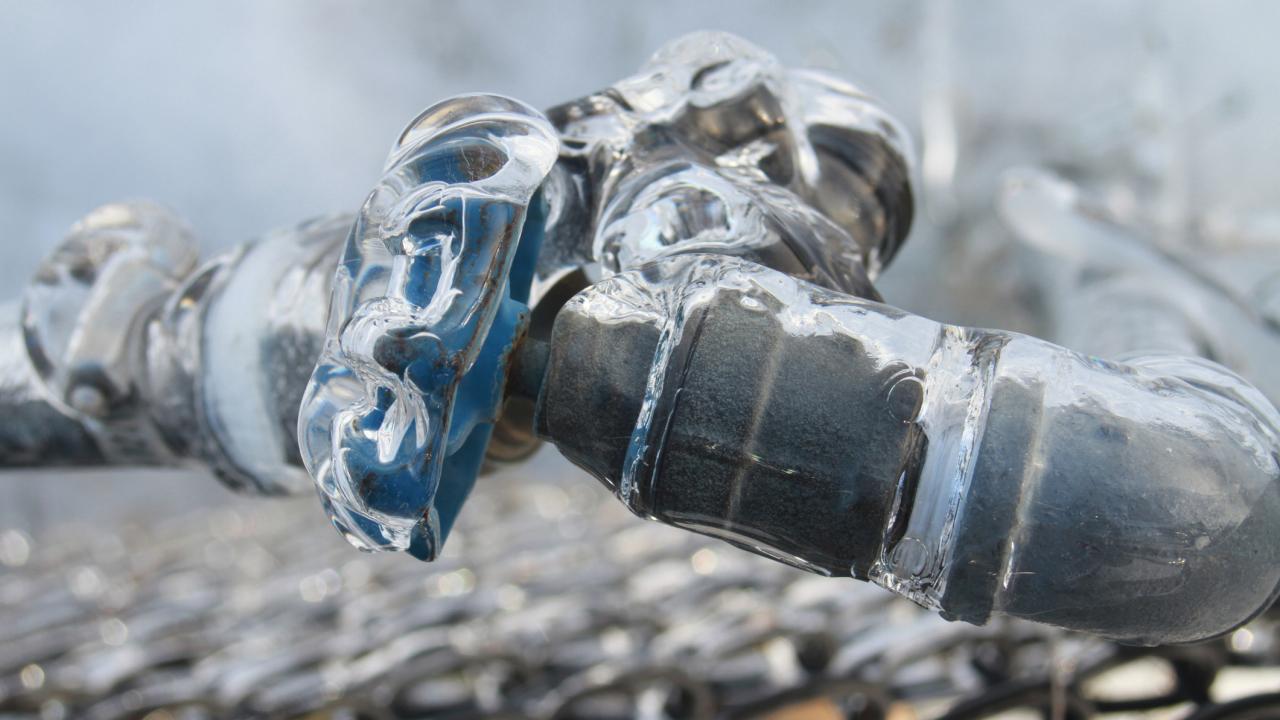Important Tips to Avoid Frozen Pipes in Cold Weather
Important Tips to Avoid Frozen Pipes in Cold Weather
Blog Article
The article author is making several great observations on the subject of Helpful Tips to Prevent Frozen Pipes this Winter as a whole in the content which follows.

Cold weather can damage your pipes, particularly by freezing pipelines. Here's exactly how to avoid it from occurring and what to do if it does.
Intro
As temperatures decrease, the risk of icy pipes increases, possibly bring about pricey repair services and water damages. Recognizing exactly how to stop frozen pipelines is important for homeowners in chilly environments.
Understanding Icy Pipelines
What triggers pipes to freeze?
Pipelines ice up when subjected to temperatures listed below 32 ° F (0 ° C) for expanded periods. As water inside the pipes freezes, it expands, taxing the pipeline wall surfaces and possibly triggering them to break.
Dangers and damages
Frozen pipelines can lead to water system disruptions, home damages, and pricey fixings. Burst pipelines can flood homes and cause considerable structural damages.
Indicators of Frozen Piping
Recognizing frozen pipes early can prevent them from rupturing.
Just how to determine frozen pipelines
Look for decreased water flow from taps, unusual smells or noises from pipes, and noticeable frost on revealed pipelines.
Prevention Tips
Insulating susceptible pipelines
Wrap pipes in insulation sleeves or make use of heat tape to protect them from freezing temperatures. Focus on pipelines in unheated or exterior areas of the home.
Home heating strategies
Keep interior rooms sufficiently warmed, especially areas with plumbing. Open cabinet doors to enable warm air to flow around pipes under sinks.
Safeguarding Outside Plumbing
Garden pipes and exterior taps
Disconnect and drain pipes garden hoses before wintertime. Install frost-proof spigots or cover exterior taps with protected caps.
What to Do If Your Pipelines Freeze
Immediate activities to take
If you presume icy pipes, keep taps open to soothe pressure as the ice melts. Make use of a hairdryer or towels taken in warm water to thaw pipelines slowly.
Long-Term Solutions
Structural modifications
Take into consideration rerouting pipelines far from outside wall surfaces or unheated areas. Add additional insulation to attic rooms, basements, and crawl spaces.
Updating insulation
Purchase high-grade insulation for pipes, attic rooms, and walls. Appropriate insulation helps maintain consistent temperatures and minimizes the threat of frozen pipelines.
Conclusion
Preventing frozen pipelines needs proactive actions and quick reactions. By recognizing the causes, indicators, and preventive measures, home owners can safeguard their plumbing during winter.
6 Proven Ways to Prevent Frozen Pipes and Protect Your Home
Disconnect and Drain Garden Hoses
Before winter arrives, start by disconnecting your garden hoses and draining any remaining water. Close the shut-off valves that supply outdoor hose bibs and leave the outdoor faucet open to allow any residual water to drain. For extra protection, consider using faucet covers throughout the colder months. It’s also important to drain water from any sprinkler supply lines following the manufacturer’s directions.
Insulate Exposed Pipes
Insulating your pipes is an effective way to prevent freezing. Pipe insulation is readily available at home improvement stores and is relatively inexpensive. Pay close attention to pipes in unheated areas such as the attic, basement, crawl spaces, or garage. Apply foam insulation generously to create a buffer against the cold. You can also wrap your pipes in heat tape or thermostat-controlled heat cables for added warmth.
Seal Air Leaks
Inspect your home for any cracks or openings that could let in cold air. Seal any holes around the piping in interior or exterior walls, as well as the sill plates where your home rests on its foundation. Additionally, make sure to keep your garage door closed unless you’re entering or exiting. Leaving it open creates a significant air leak that can lead to frozen pipes.
Allow Warm Air Circulation
During cold snaps, it’s essential to allow warm air to circulate evenly throughout your home. Leave interior doors ajar to promote better airflow. Open kitchen and bathroom cabinets to help distribute heat consistently around the rooms. If you have small children or pets, be sure to remove any household chemicals or potentially harmful cleaners from open cabinets for safety.
Let Faucets Drip
A small trickle of water can make a big difference in preventing ice formation inside your pipes. When temperatures drop significantly, start a drip of water from all faucets served by exposed pipes. This continuous flow helps prevent the water from freezing. Additionally, running a few faucets slightly can relieve pressure inside the pipes, reducing the chances of a rupture if the water inside does freeze.
https://choateshvac.com/6-proven-ways-to-prevent-frozen-pipes-and-protect-your-home/

I am very interested by How to Prevent Your Pipes From Freezing and I am hoping you liked my piece. Do you know somebody else who is fascinated about the subject? Be sure share it. Thanks for being here. Please check our site back soon.
Automated Marketing Report this page